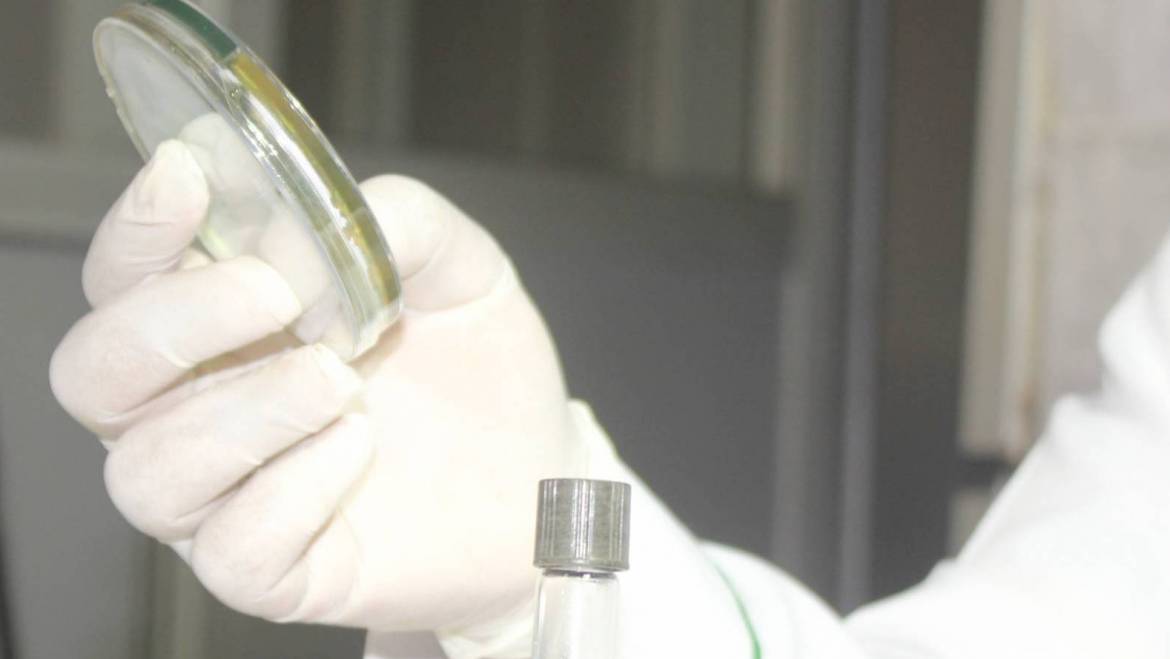Multidrug-Resistant and Extended-Spectrum ß-Lactamase (ESBL)-Producing Enterobacterales Isolated from Carriage Samples among HIV Infected Women in Yaoundé, Cameroon
The exacerbation of antimicrobial resistance (AMR) is a major public health threat worldwide. In sub-Saharan Africa, there is a scarcity of data regarding multidrug-resistant (resistance to at least one antibiotic of three or more families of antibiotics) as well as extended spectrum β-lactamase-producing Enterobacterales (ESBL-PE), isolated among clinical and asymptomatically healthy patients, especially in women living with HIV (WLHIV) despite their immunocompromised status. Jessica Zemtsa a research assistant at CEDBCAM reported on the prevalence and genotypic characteristics of multi-drug resistant Enterobacterales (MDR-E) and ESBL- PE isolated from vaginal swabs of WLHIV attending the Yaoundé Central Hospital, Yaoundé, Cameroon. In a cross-sectional study conducted among WLHIV during a four-month periods from 1 February to 31 May 2021, a total of 175 WLHIV, of childbearing age and under antiretroviral treatment were contacted. One hundred and twenty participants (120) were recruited and vaginal swabs were collected from them. After culture on Eosine-Methylen Blue (EMB) agar, the identification of Enterobacterales was performed using API 20E kit. A double-screening of ESBL-PE was performed using a combined disc diffusion method and ROSCO Diagnostica kits. An antibiotic susceptibility test was carried out by disc diffusion as per the Kirby-Bauer method and the β-lactamase resistance genes, blaCTX-M, blaCTX-M-group1-2-9, blaTEM were molecularly characterized using a conventional Polymerase Chain Reaction (PCR). Overall, 30.83% (37/120) of the included WLHIV were colonized with Enterobacterales and the prevalence of vaginal carriage of MDR Enterobacterales among them was 62.16% (23/37). Among MDR-E isolates, the most prevalent species were E. coli (56.0%; 14/25) and K. pneumoniae (20.0%; 5/25). High rates of resistance to trimethoprim-sulfamethoxazole (96.0%; 24/25), amoxicillin-clavulanic acid (88.0%; 22/25) and gentamicin (72%; 18/25) were observed. The resistance mechanisms detected among these isolates were ESBL (48.0%; 12/25), ESBL+ porin loss (8.0%; 2/25), ESBL+AmpC (24%; 6/25), with blaCTX-M, blaCTX-M-group-1,2,9 being identified at 48.0% (12/25) for each of them and blaTEM at 72.0% (18/25). Our findings confirm the high-prevalence of MDR as well as ESBL-PE isolated in WLHIV, and suggest that a real time monitoring system of antimicrobial resistant bacteria coupled with the reinforcement of infection prevention control (IPC) strategies are needed to sustainably contain these life-threatening pathogens especially in the most vulnerable populations


Add Your Comment